Whether you are scrap busting, enjoy piecing, or want to create an on-trend colorblocked piece, colorblocking is a fun and stylish way to elevate your handmade garments. But what are the secrets to planning a beautifully coordinated colorblocked piece? Let’s dive into some of our favorite tips for creating a successful colorblock project.
First off, what is colorblocking? In the strictest sense of the term, it’s the pairing of two or more solid colors together in an outfit or single garment. Keep in mind that while the term “colorblocking” is specifically used to refer to the pairing of solid colors together, there is also the term “print mixing” which is more broadly used to include patterned designs in addition to solid fabrics. In this post we will be focusing on colorblocking, but many of the same principles can be used to incorporate prints into your garment.
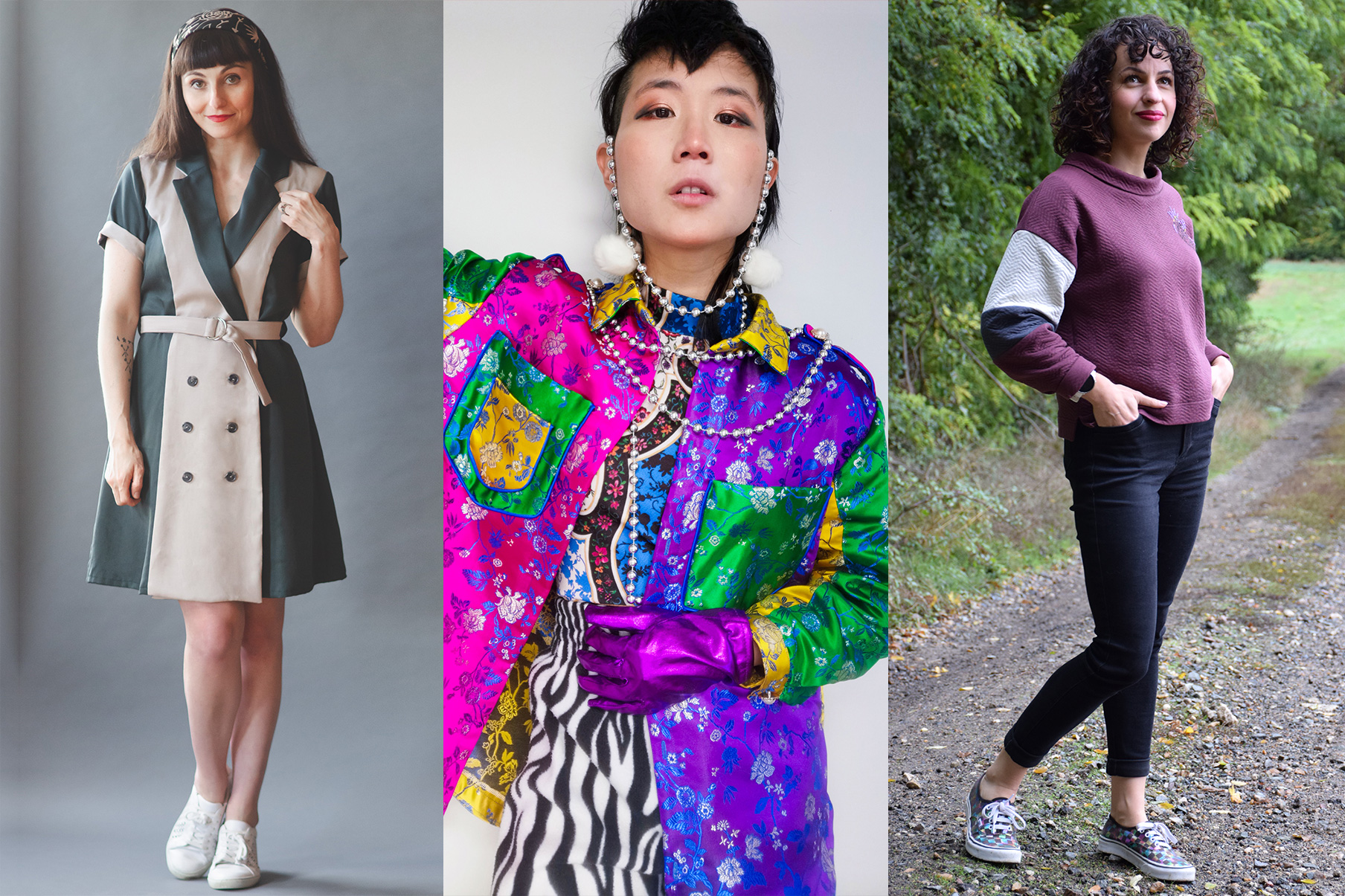
Emmanuelle – Jo – Barbara
Choosing Colors
Before we get into planning your design, let’s spend a little time discussing color theory and how you can use the color wheel to assist with the design process. Choosing colors that work well together will have a huge impact on the overall success of your project, and it’s the first thing people will notice about your finished garment. While it’s likely that you already have an intuitive sense of the colors you like and how they work together, learning some basic terminology can help with selecting, adjusting, and finalizing your chosen color palette.

Simply put, the color wheel is a tool to organize colors and think about how they work in relation to each other. It is divided into twelve basic wedges (3 primary, 3 secondary, and 6 tertiary), and it is by mixing and matching different wedges that you can come up with basic color schemes. From there, you can adjust a color’s saturation (the intensity of the color) and tone (how much lightness or darkness is in the color) to create your perfect palette. Below are four different color schemes you can use as a starting point for your project, as well as our tips for approaching each of them:
Complementary and Triadic
Complementary and triadic colors are those that sit on opposing sides of the color wheel (either directly across from each other: complementary; or at three opposing points: triadic). Pairing these colors together can create a piece that feels very bright and energetic, but it can quickly become too intense. You can mitigate this by choosing one dominant color and pairing it with one or two accent colors, or opting for only one fully saturated color and pairing it with softer tones.
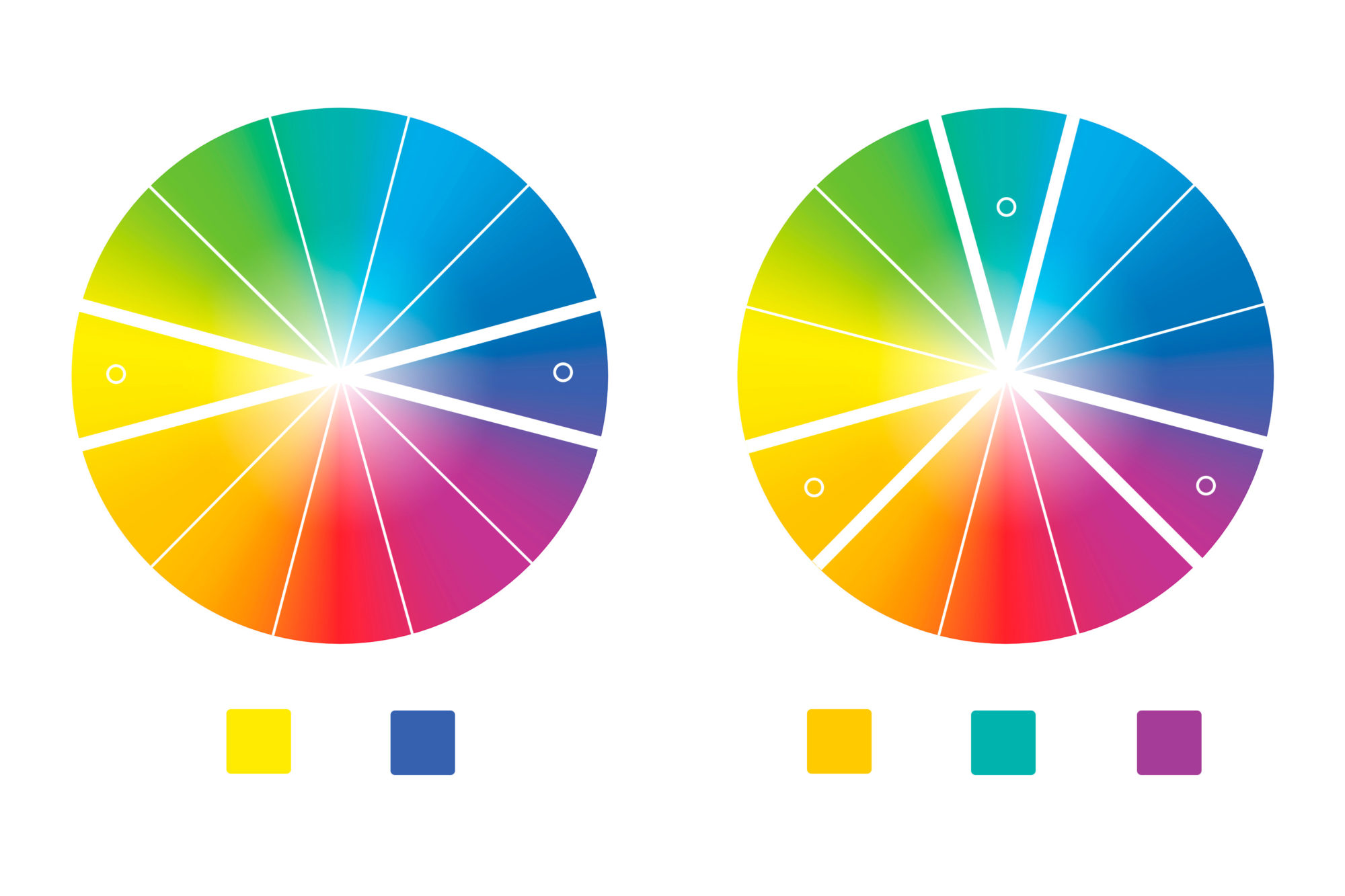
Monochromatic
Monochromatic colors are colors that are all found on the same wedge of the color wheel, in varying degrees of saturation and tone. While this color scheme is the easiest to understand, it is the hardest to pull off because it can easily teeter between boring or overwhelming. One way to add visual interest and depth to your final piece is by incorporating fabrics with a variety of sheens and textures.
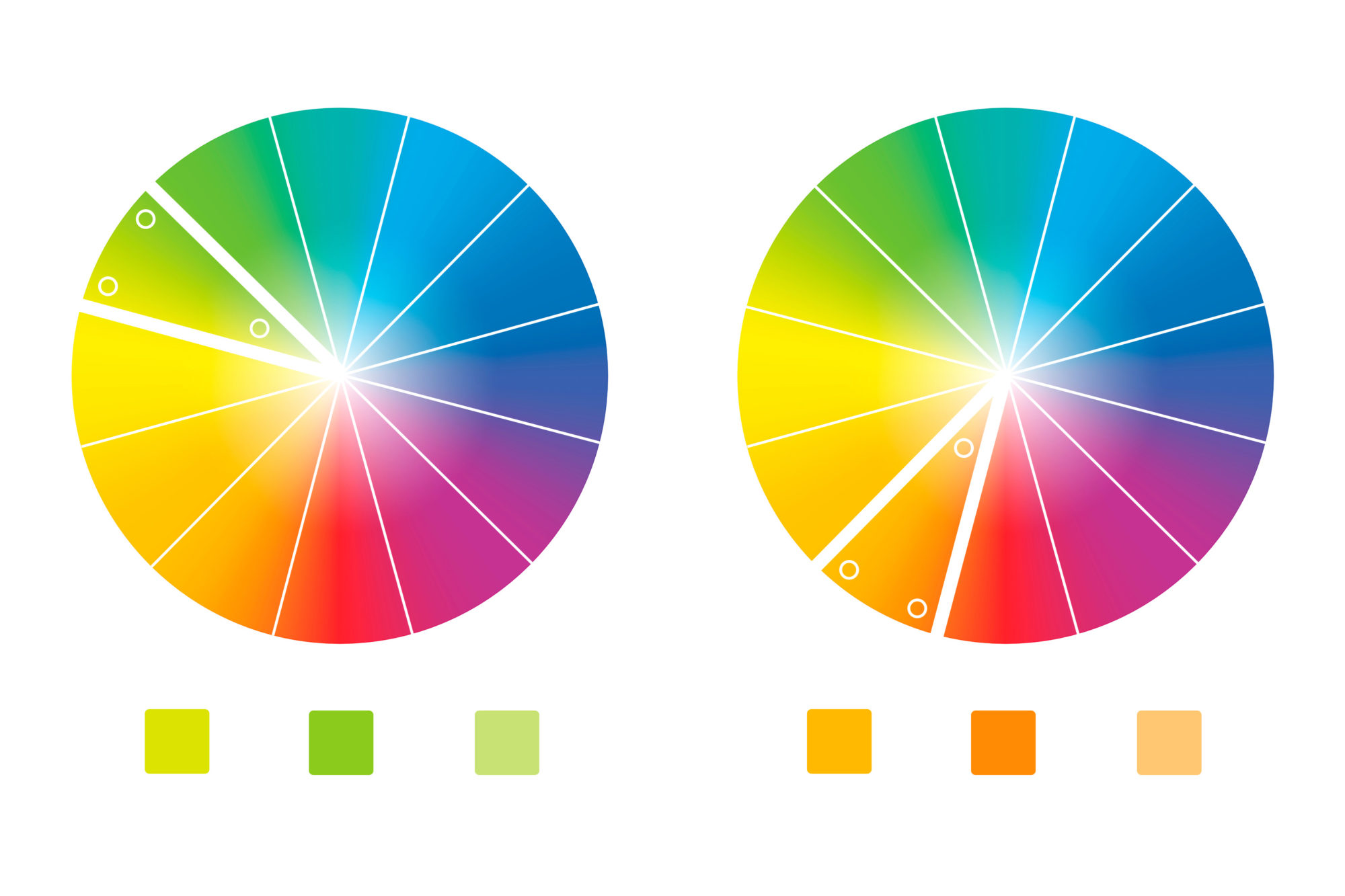
Analogous
Analogous colors are colors placed in wedges next to each other on the color wheel. Like a monochromatic scheme, this can be tricky to execute successfully. Be mindful of proportion, and when in doubt, opt for one dominant color and 1-3 accent colors.
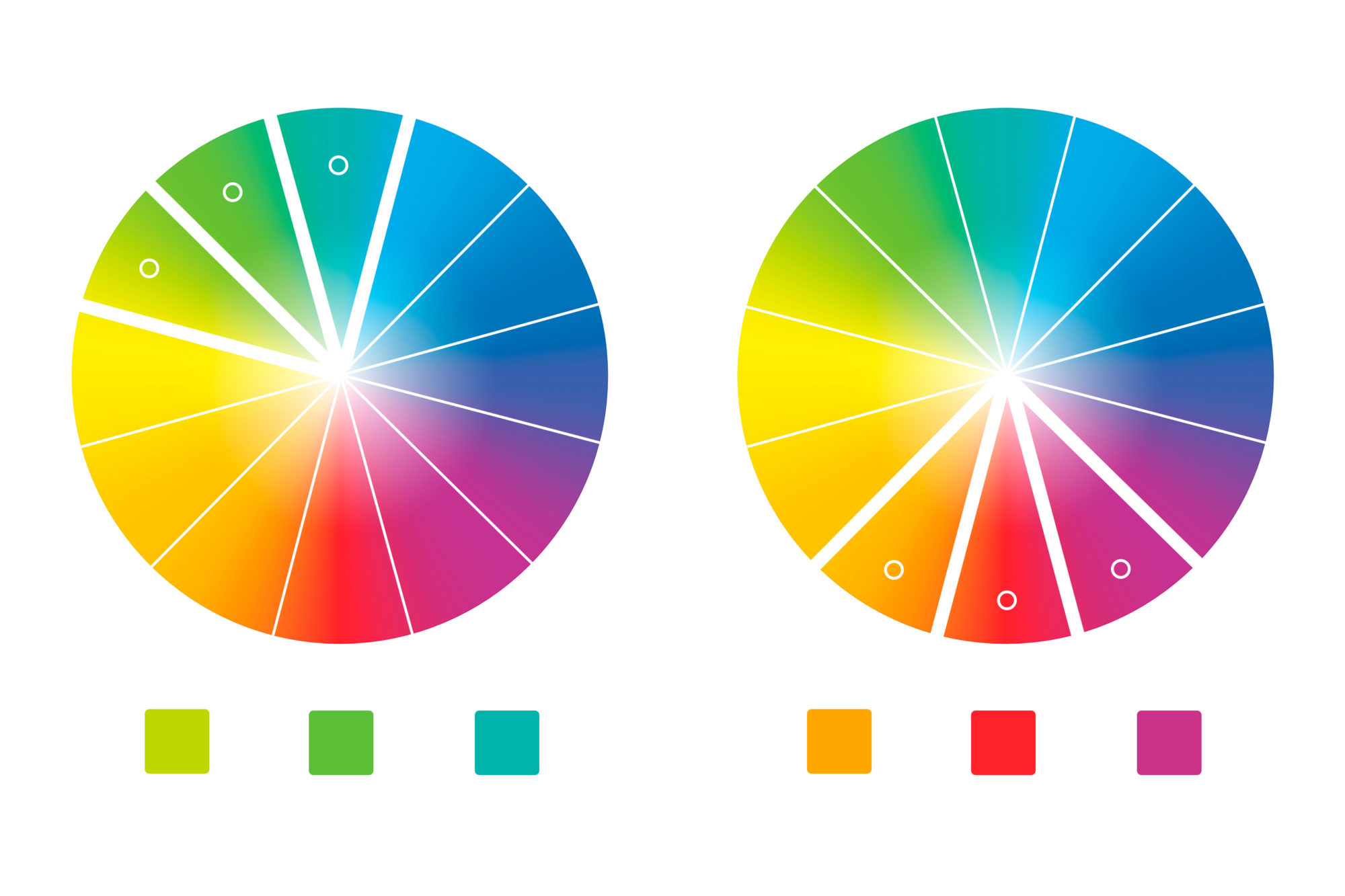
If any of these options feel overwhelming, you can also pair a single color with a neutral. While black, white, and grey are traditionally considered neutrals, there may be another color in your wardrobe that you consider a neutral (for example, brown or navy). We love this simple approach because it’s an easy way to create an elegant result.

Finally, try to stick with only two to four colors. A good rule of thumb is that the further apart the colors are on the color wheel, the fewer colors you should use in order to avoid a result that feels too chaotic. Of course, these are just general principles and starting points for developing your own unique palette. Don’t be afraid to experiment with unexpected color combos . . . your garment can be as understated or as dramatic as you would like!
Planning Your Colorblock Design
Part of the fun of colorblocking is creating a totally unique piece, and whether you are working with existing seam lines in a garment or adding new ones, there are several ways you can approach the design process.
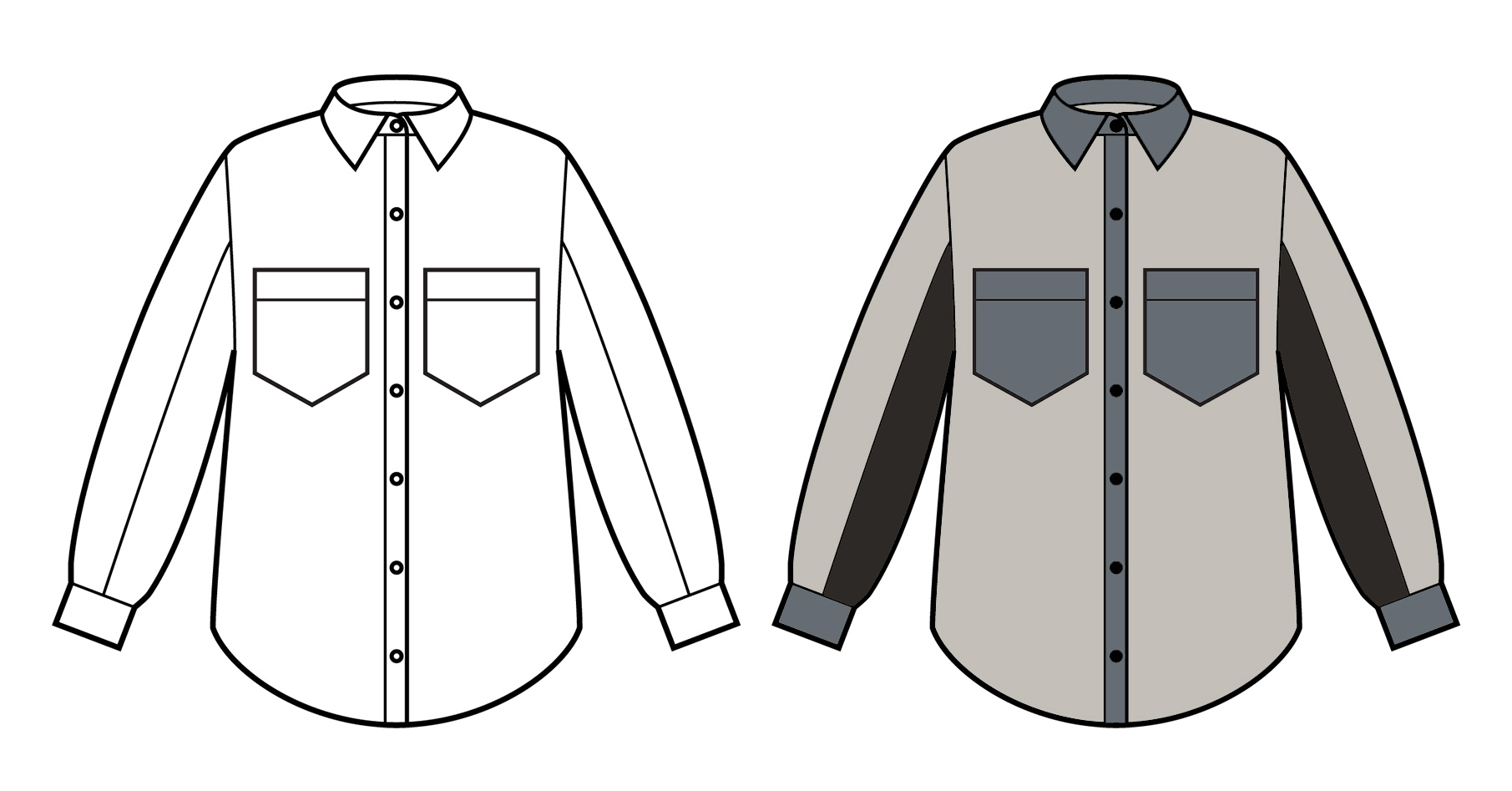
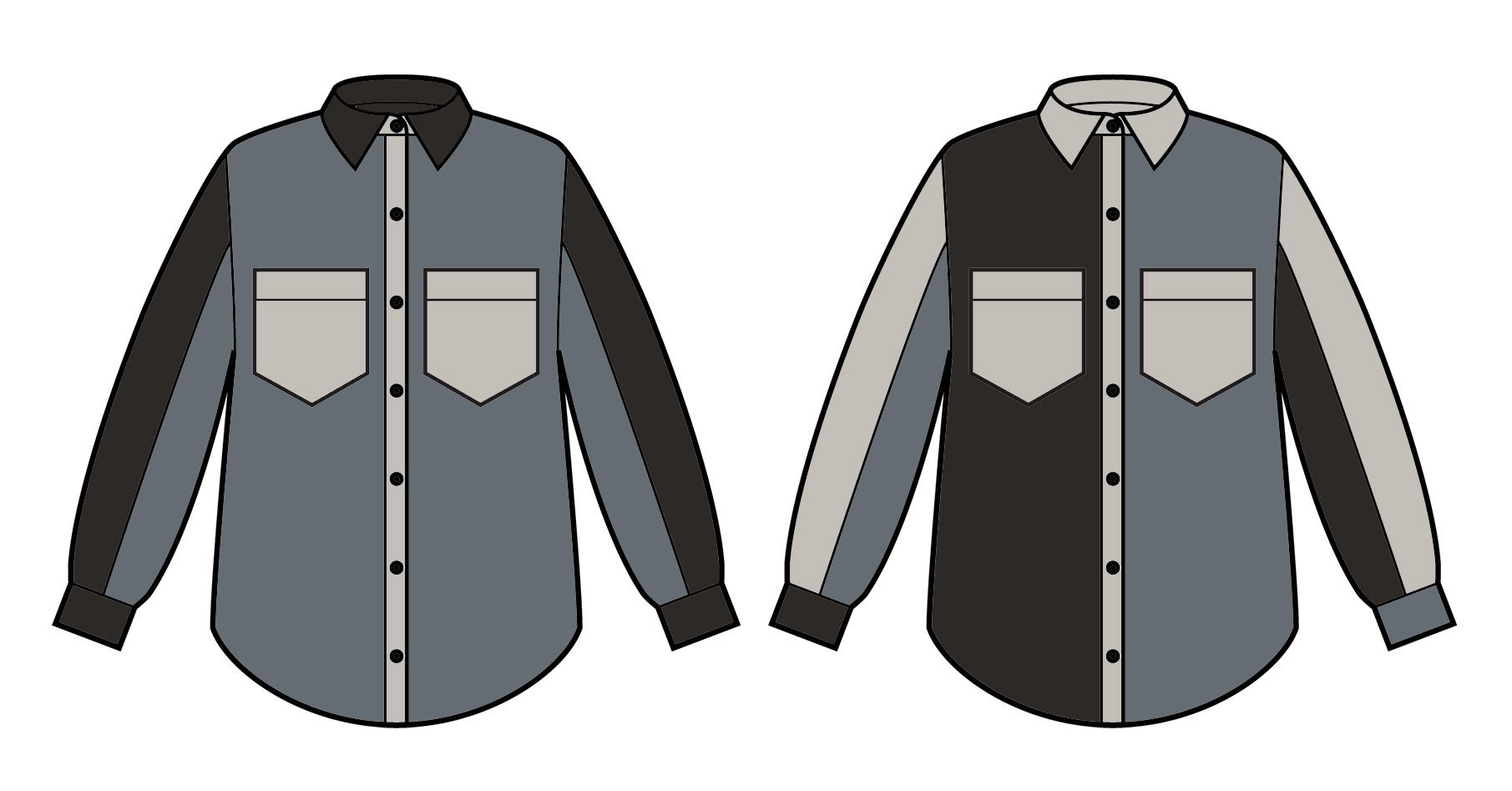
Patterns that feature decorative seamlines, like Fougère or Neige, are a fantastic and easy way to start a colorblock project. Design lines and proportions have already been carefully considered, and the pattern pieces are ready to cut and start sewing. Use our tutorial here to play with colors and visualize your final piece using the pattern’s technical illustrations.
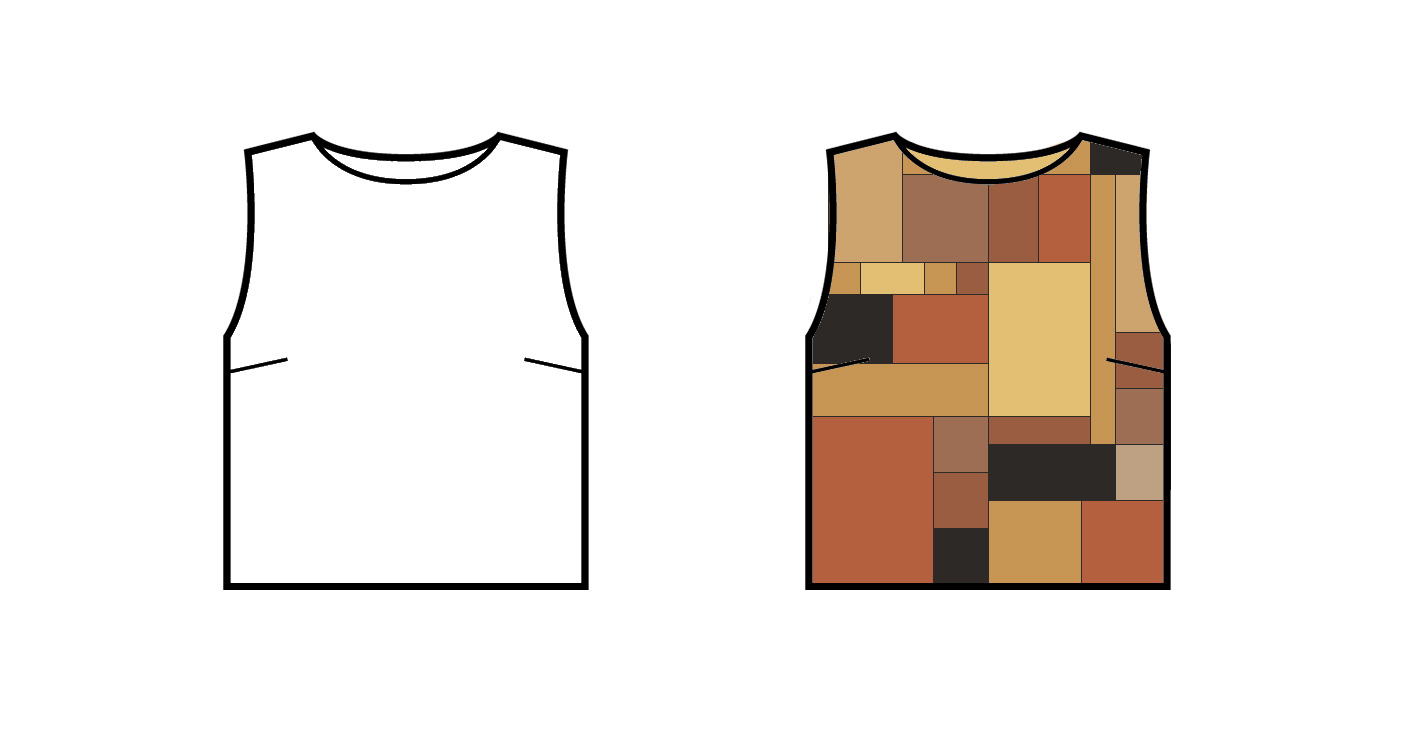
Another option is to use your fabric to create a patchwork-style piece. This is an especially great way to use fabric scraps, and the “patchwork” can be as large- or as small-scale as you’d like. You can use traditional quilting methods and patterns to create your fabric, or embrace an “improv” quilting style for a look that’s more organic. Be mindful of the final fabric’s weight and drape when considering a pattern, as well as how you will finish all of those seam allowances.
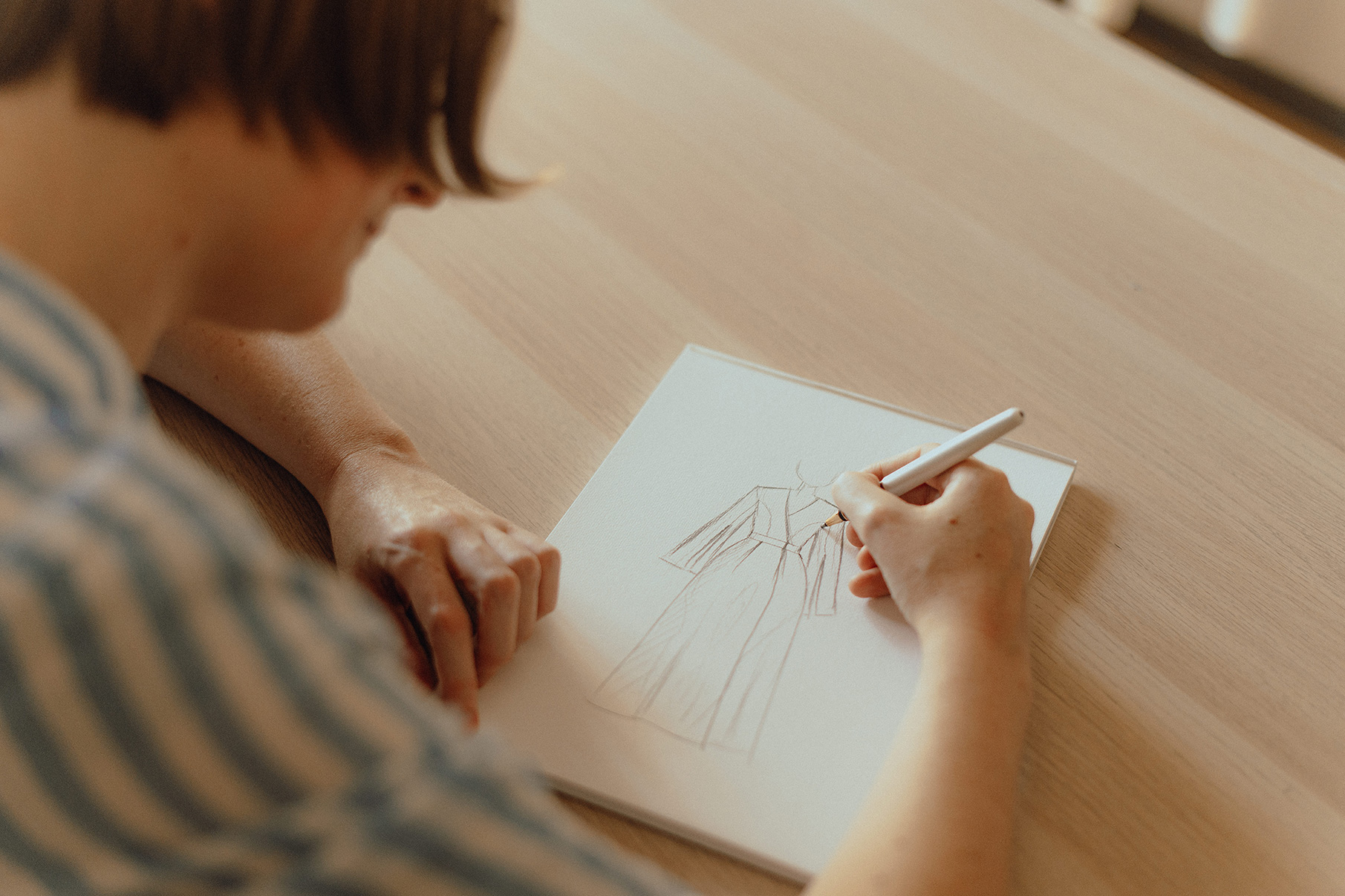
For a truly unique piece, you can also add your own decorative seam lines to a garment. Maybe there is a geometric shape you want to create in the bodice, or you’d like to add a row of colorful stripes to the sleeves. You can play with different design ideas by printing out several copies of a pattern’s technical illustration and using a pen to draw where the new seam lines might go. Once you finalize your design idea, you will need to transfer these ideas onto the pattern pieces—cutting them where necessary and making sure to add in the appropriate seam allowance. Take the time to consider whether your changes will affect the construction of your garment, and plan accordingly.
No matter which route you go, it will be important to select fabrics that are not only appropriate for the pattern you’ve selected, but are also of a similar weight and drape to each other. Add interfacing to lightweight fabrics if necessary.
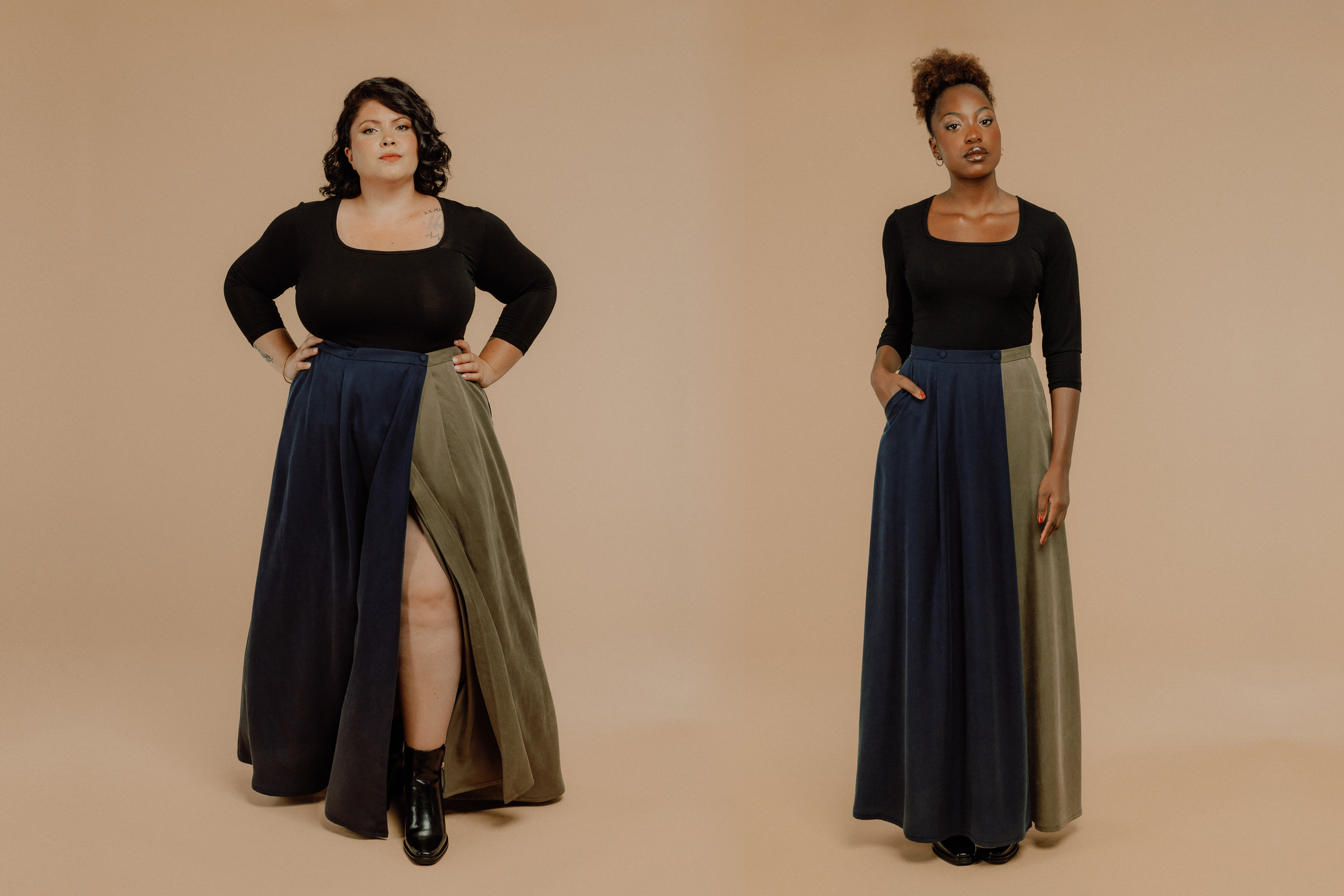
Shop Your Stash
One of the easiest (and most sustainable!) ways to kickstart a colorblock project is to use leftover fabric from other garments. Not only is it a great way to use up those awkward cuts, but there’s a good chance those fabrics and colors will already work well together. You may come up with some unexpected print and color combinations you love!
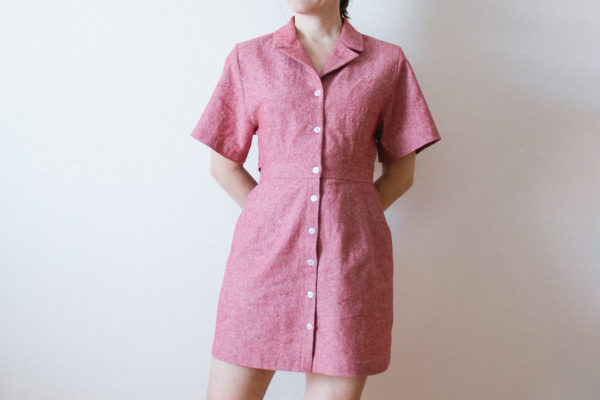
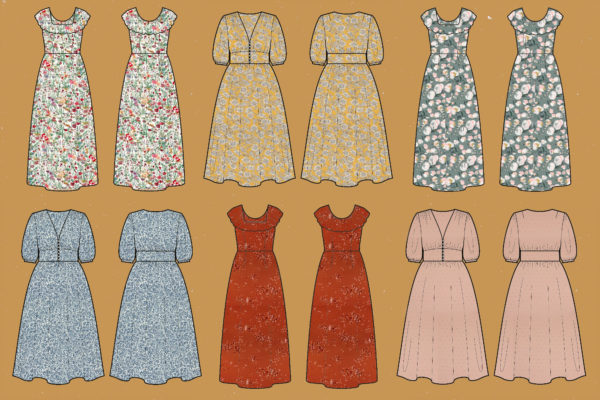

Kirstie, February 24 2023
Love all of the different ways shown to do colour blocking! In the patchwork example, would you sew all of the little pieces together and then put the pattern on it and cut it out?